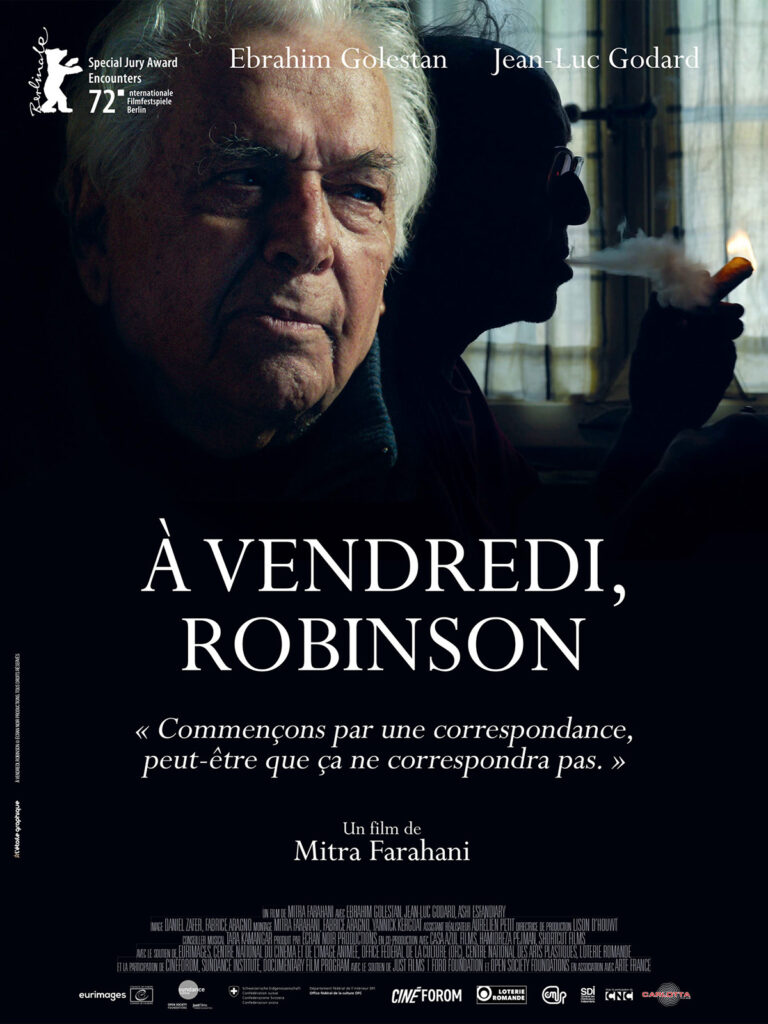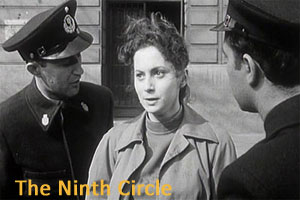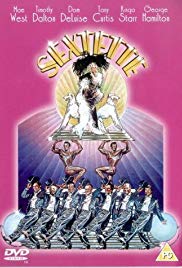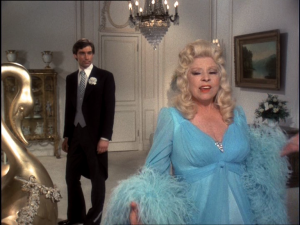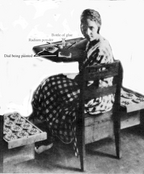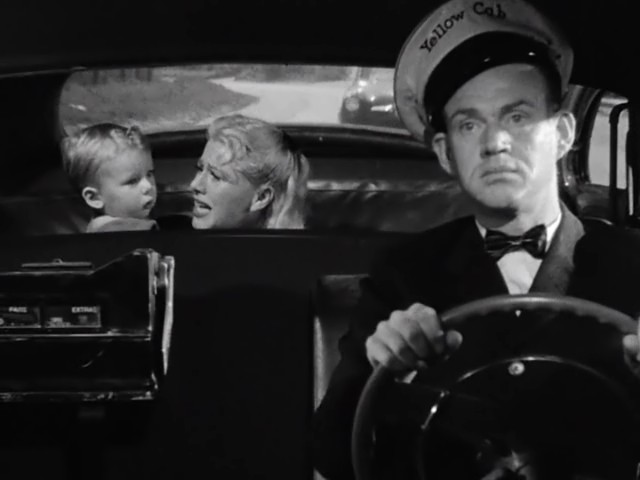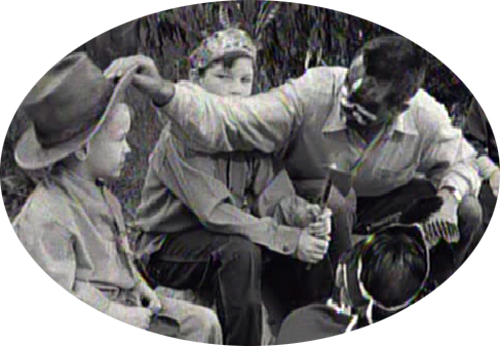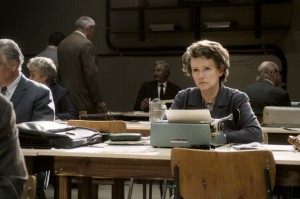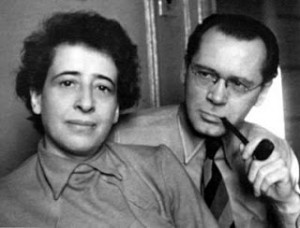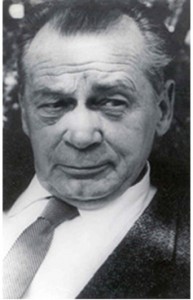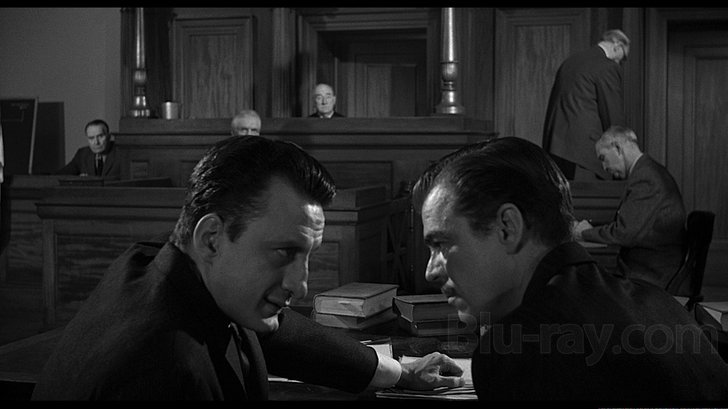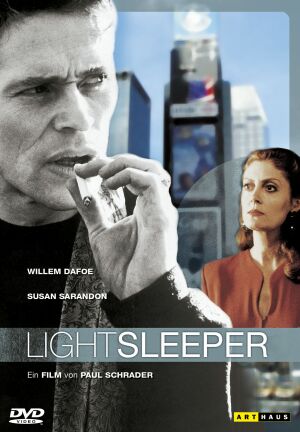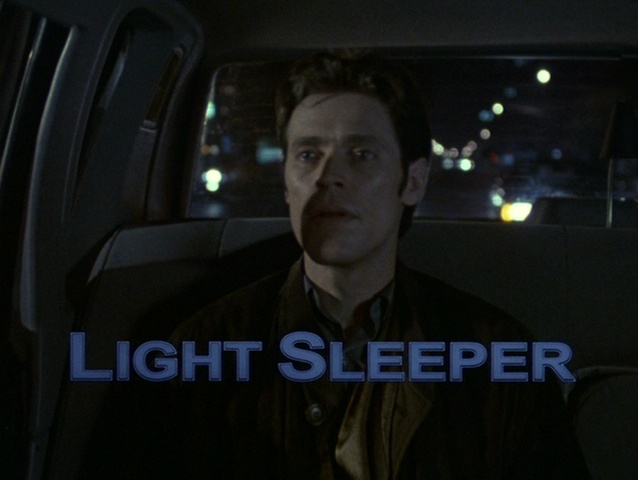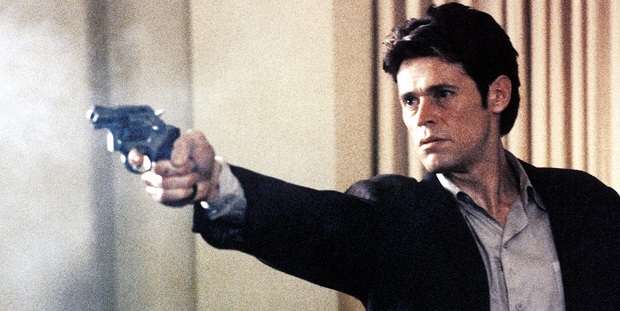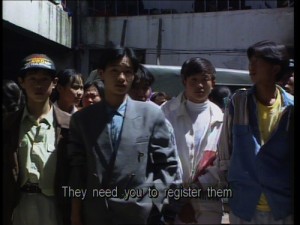From the Chicago Reader (September 1, 1992). — J.R.
Lee Myung-sei’s delightful Korean comedy about the trials and tribulations of a young married couple (Park Joong-hoon and Choi Jin-sii, both charming and resourceful actors) offers eloquent testimony to the stylistic importance of Frank Tashlin (The Girl Can’t Help It, Artists and Models, Will Success Spoil Rock Hunter?) as an international legacy. Tashlin’s background as an animator — his graphic talent, his formal ingenuity, his taste for bright primary colors — and his flair for satire of contemporary lifestyles both seem fully present in this lively and inventive feature. It isn’t that Lee has necessarily seen or studied Tashlin’s work, but Tashlin’s bag of tricks has become an automatic part of everyone’s resources, and this comedy fully exploits it (1991). (JR)




